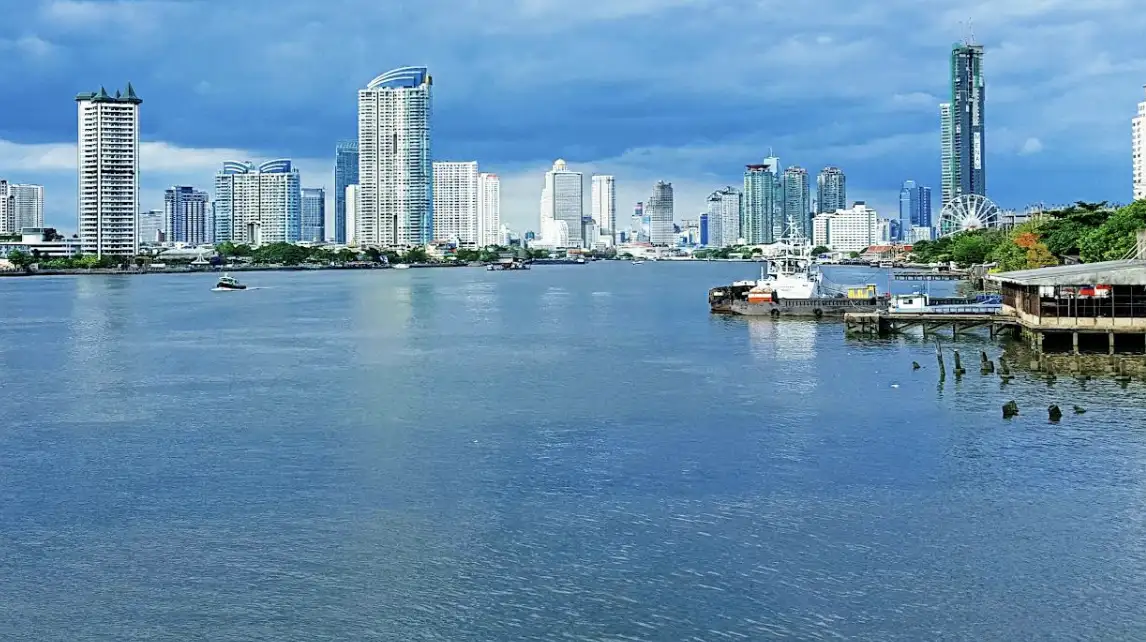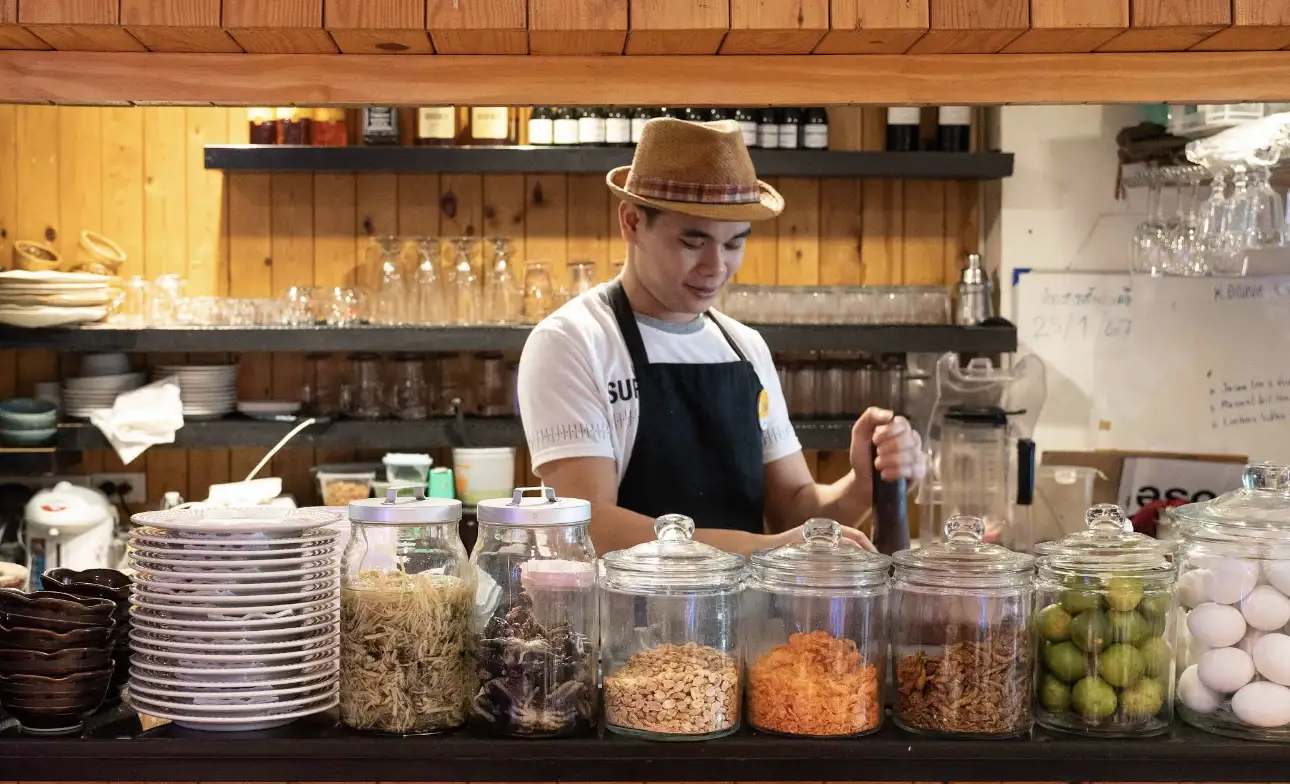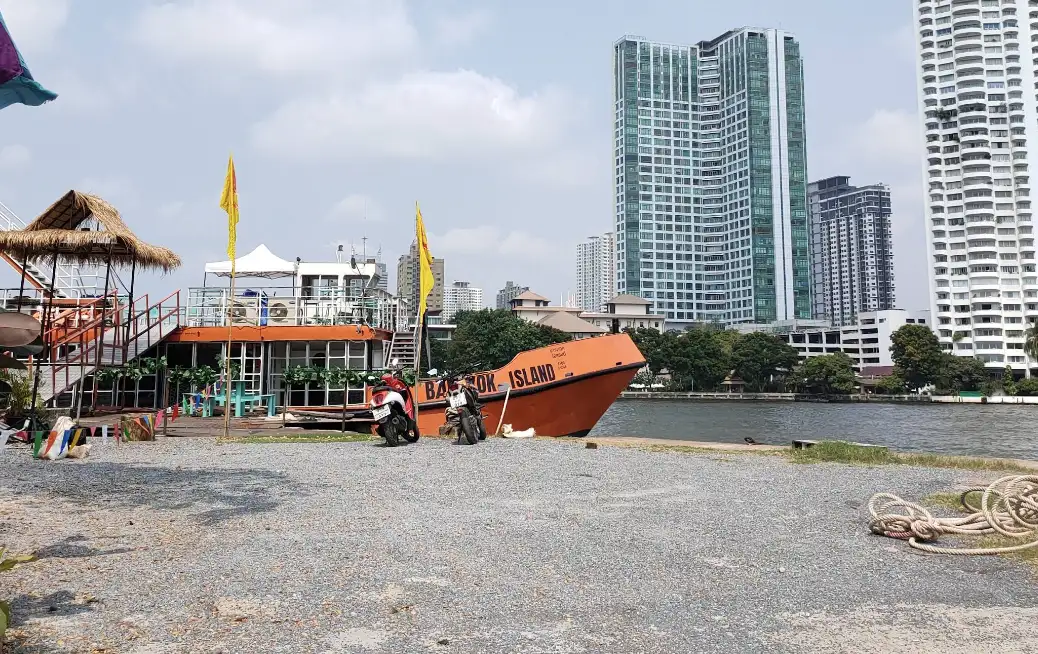Bangkok is a city that never sleeps, a whirlwind of neon lights, bustling markets, and mouthwatering street food. But beyond the well-trodden paths of Sukhumvit, Siam, and Chinatown lies a treasure trove of suburbs that offer a quieter, more local experience while still pulsing with the city’s vibrant energy. Having wandered through Bangkok’s chaotic streets and serene corners over multiple trips, I’ve fallen in love with its suburbs—each with its own distinct flavor. Here’s my personal guide to the best suburbs in Bangkok for travelers who want to dig deeper, written with the kind of enthusiasm you’d share over a cold Chang beer with a fellow backpacker.
Why Explore Bangkok’s Suburbs?
Bangkok’s city center can feel like sensory overload: tuk-tuks honking, vendors shouting, and the constant hum of urban life. The suburbs, though, offer a chance to see a side of the city that feels more intimate, where locals live, eat, and play. These areas are perfect for travelers who want to escape the tourist traps, discover hidden gems, and still be close enough to zip back to the Grand Palace or Khao San Road when the mood strikes. From riverside charm to hipster enclaves, here’s my take on the best suburbs to explore, based on my own adventures.
1. Thonburi: The Riverside Retreat
Thonburi, just across the Chao Phraya River from Bangkok’s main hustle, feels like a time capsule. It’s where I go when I want to slow down and soak in the city’s history without the crowds. This former capital of Thailand is a maze of canals (klongs), wooden stilt houses, and temples that feel worlds away from the skyscrapers of Sukhumvit.

What to Do:
- Cruise the Canals: My first trip to Thonburi was on a rickety longtail boat, zipping through narrow canals lined with lush greenery and kids waving from the banks. Book a private tour (around 1,000-1,500 THB for an hour) from Tha Chang Pier and ask to stop at local markets or temples along the way.
- Wat Arun (Temple of Dawn): This iconic temple is even more stunning at sunset when its spires glow golden. I spent an afternoon sketching its intricate porcelain details—entry is 100 THB, and it’s worth every baht.
- Baan Silapin (Artist’s House): Tucked along a canal, this quirky art gallery and café is where I sipped Thai iced tea while watching a free puppet show. It’s a great spot to meet local artists and buy unique souvenirs.
Where to Eat: Head to Krueng Chaw Phochana, a riverside restaurant serving fiery som tam (papaya salad) and grilled river prawns. My tip? Order the tom yum goong—it’s spicy enough to make you sweat but so flavorful you’ll keep going back for more.

Getting There: Take the BTS Skytrain to Saphan Taksin, then hop on a Chao Phraya Express Boat (15-20 THB) to cross the river. Alternatively, a quick taxi ride from central Bangkok costs about 100 THB.
2. Ari: The Hipster Haven
Ari is my go-to when I’m craving a laid-back vibe with a side of trendy cafés and local charm. This suburb, just north of central Bangkok, is where young Thais and expats mingle over avocado toast and craft coffee. It’s less polished than Sukhumvit but feels like the cool kid’s hangout.
What to Do:
- Café Hopping: Ari is Bangkok’s unofficial coffee capital. My favorite is Porcupine Café, where I spent a lazy morning sipping a perfectly brewed flat white while people-watching. Other gems include Casa Lapin and Salt, which doubles as a vinyl record bar at night.
- Soi Ari Market: This small street market is where I grabbed a 30 THB mango sticky rice that was honestly life-changing. It’s less crowded than Chatuchak but just as delicious.
- Vichaiyut Hospital Park: Not a typical tourist spot, but this quiet park is where I saw locals doing tai chi and kids playing football. It’s a great place to relax with a book.
Where to Eat: For dinner, Somtum Der is a must for Isaan-style food. Their grilled chicken and spicy green papaya salad had me dreaming of Thailand for weeks. If you’re into fusion, Fatbird serves Thai-inspired burgers that are messy but divine.

Getting There: The BTS Ari station drops you right in the heart of the suburb. If you’re coming from Khao San, a Grab ride costs around 150 THB.
3. Bang Na: The Family-Friendly Escape
Bang Na, in southeast Bangkok, is where I stayed with a local friend’s family, and it gave me a glimpse into suburban Thai life. It’s not as flashy as other areas, but its mega-malls, green spaces, and affordable eats make it a great base for families or budget travelers.
What to Do:
- Mega Bangna: This massive shopping complex is my guilty pleasure. It’s got everything—H&M, IKEA, and a food court with cheap Thai and international dishes. I spent an afternoon browsing and snacking on khao man gai (chicken rice) for just 50 THB.
- Suan Luang Rama IX Park: This sprawling park is where I rented a bike (50 THB/hour) and cycled around lotus ponds and gardens. It’s a peaceful spot for picnics or morning jogs.
- Night Markets: The Bang Na Night Market is smaller than others but has a great vibe. I loved the grilled squid and Thai tea stalls—perfect for a cheap, tasty dinner.
Where to Eat: Jeffer Steak in Mega Bangna is surprisingly affordable for its huge portions. I had a juicy ribeye with fries for under 300 THB. For something more local, try Krua Nai Baan, a no-frills spot serving fiery curries and stir-fries.
Getting There: Bang Na is a bit farther out, so I recommend a taxi or Grab (200-300 THB from central Bangkok). The BTS Bearing station is nearby, but you’ll need a short ride to reach the heart of the suburb.
4. Nonthaburi: The Local Gem
Nonthaburi, just north of Bangkok, feels like a separate world. It’s where I went to escape the city’s chaos and immerse myself in markets, temples, and riverside life. The locals here are so warm—I still remember a vendor insisting I try her homemade kanom jeen (fermented rice noodles) for free.
What to Do:
- Koh Kret: This car-free island in the Chao Phraya River is a day trip I’ll never forget. I rented a bike (40 THB) and explored pottery workshops, where artisans let me try shaping clay. The island’s Mon community is known for its sweets—don’t miss the coconut desserts.
- Nonthaburi Market: This riverside market is where I stocked up on dried mango and sampled boat noodles (30 THB a bowl). It’s less touristy than Bangkok’s markets, so you get a real local vibe.
- Wat Chaloem Phra Kiat: This temple’s serene riverside setting made it the perfect spot for a quiet moment. I lit incense and chatted with a monk who shared stories about the area’s history.
Where to Eat: Rim Nam Restaurant serves fresh seafood with river views. Their crab fried rice was a highlight of my trip—generous portions for about 200 THB. For dessert, grab a coconut ice cream from a Koh Kret stall.
Getting There: Take a taxi (150-200 THB from central Bangkok) or the MRT Purple Line to Nonthaburi Civic Center. For Koh Kret, catch a ferry from Wat Sanam Nuea (10 THB).
5. Lat Krabang: The Airport Hideaway
Lat Krabang, near Suvarnabhumi Airport, is where I’ve stayed during layovers or early flights. It’s not a tourist hotspot, but its quiet streets, affordable guesthouses, and local markets make it a surprisingly charming stopover.
What to Do:
- Wat Lat Krabang: This small temple is less grand than Wat Arun but has a peaceful vibe. I wandered in during a local festival and joined a candlelit procession—such a special memory.
- Talad Kao: This old market is where I tried khao lam (sticky rice in bamboo) for the first time. It’s a great spot to buy souvenirs like dried herbs or handmade soaps.
- Relax by the Canals: Lat Krabang’s canals are quieter than Thonburi’s. I spent an evening at a riverside café, sipping coffee and watching boats drift by.
Where to Eat: Ban Plai Haad Restaurant is a local favorite for seafood. Their stir-fried morning glory and steamed fish were spot-on, and the bill was under 250 THB for two. For quick bites, the night market near the train station has endless options.
Getting There: From the airport, a taxi to Lat Krabang takes 10 minutes (50-100 THB). The Airport Rail Link to Lat Krabang station is another easy option (15 THB).
Tips for Exploring Bangkok’s Suburbs
- Transportation: Grab and Bolt are lifesavers for getting around suburbs not served by the BTS or MRT. Always check fares beforehand—most rides are 100-300 THB.
- Cash is King: Many markets and small eateries don’t take cards, so carry small bills (20-100 THB).
- Language: Basic Thai phrases like “sawasdee” (hello) and “kop khun” (thank you) go a long way. Locals appreciate the effort!
- Timing: Visit markets in the early morning or late afternoon to avoid the heat. Temples are best at dawn for fewer crowds.
Final Thoughts
Bangkok’s suburbs are like the city’s quieter siblings—less flashy but full of heart. Whether you’re cruising Thonburi’s canals, sipping coffee in Ari, or biking around Koh Kret, these areas offer a chance to see the real Bangkok, where locals live and traditions thrive. My trips to these suburbs have been some of my favorite travel memories, filled with unexpected friendships, delicious meals, and moments of pure serenity. So, next time you’re in Bangkok, skip the usual spots for a day and dive into these hidden gems. You’ll leave with stories that feel uniquely yours.

